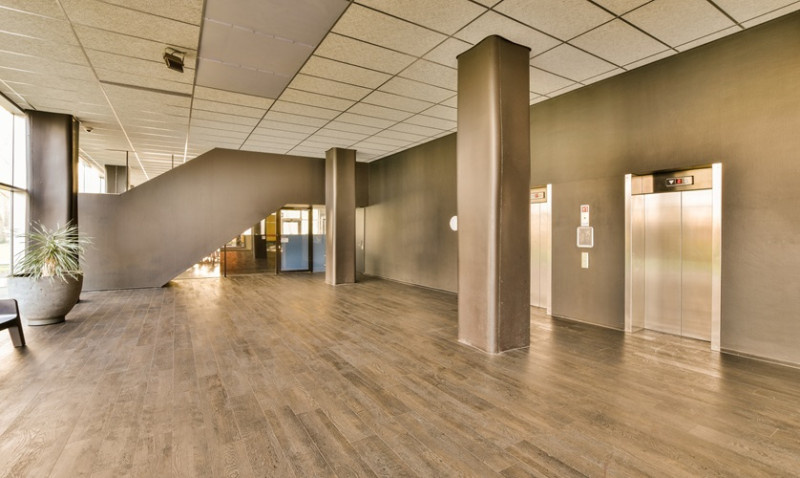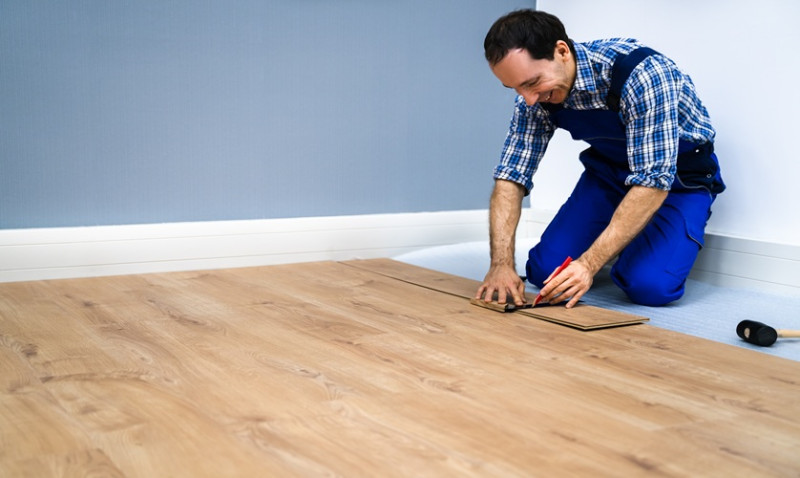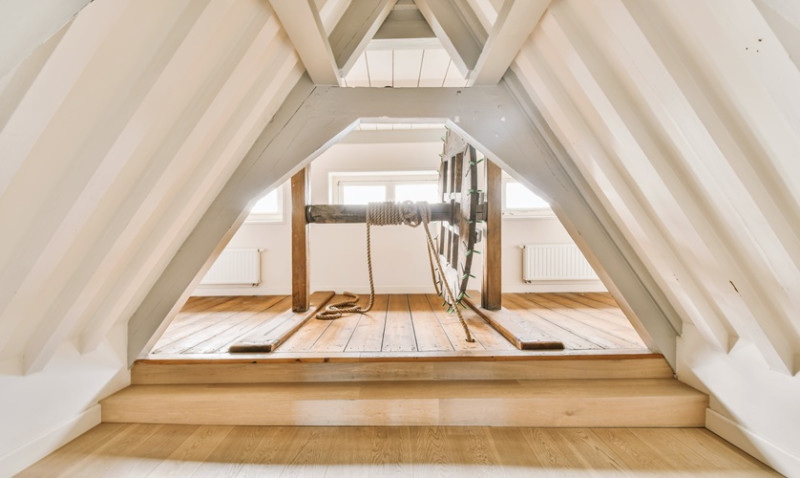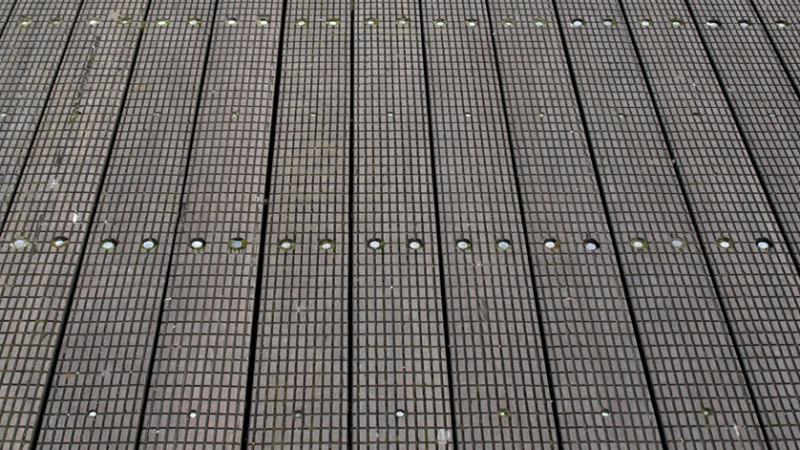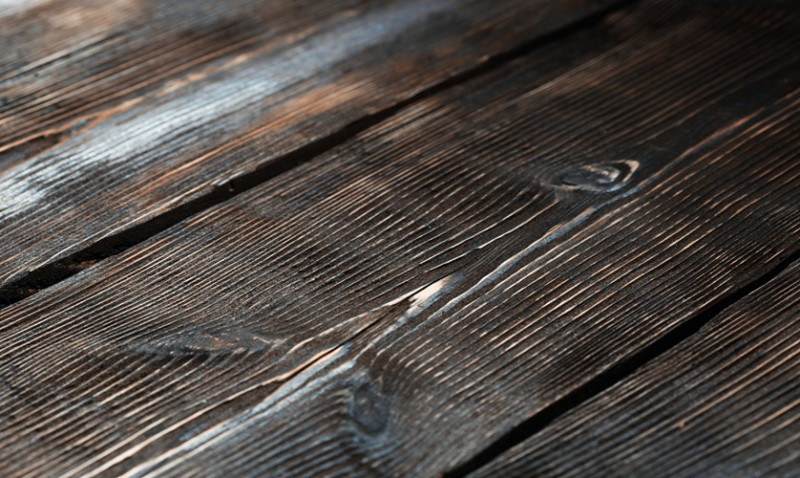
Engineered hardwood flooring has become a go-to option for homeowners, designers, and builders looking for the perfect blend of style, durability, and affordability. While it looks nearly identical to solid hardwood, its layered structure offers increased stability and resistance to moisture — making it a favourite choice for UK homes where humidity and temperature changes are key considerations.
But not all engineered wood planks are created equal. Whether you're a DIY enthusiast tackling your first flooring project, a young professional upgrading your flat, or a seasoned tradesperson needing reliable materials for top-end renovations, knowing how to spot high quality makes all the difference. This guide will show you the key features to look for when choosing engineered hardwood planks, so you can invest with confidence and enjoy stunning results.
1. Understand the Anatomy of Engineered Hardwood
Engineered hardwood is composed of multiple layers, with a top layer of real hardwood (also called the wear layer) and a core made from stable plywood or high-density fibreboard. These layers are bonded together under heat and pressure to create a strong, dimensionally stable plank.
When evaluating engineered flooring, start by understanding its structure. A high-quality plank will feature a thick wear layer — ideally 3mm or more — that allows for multiple sandings over the life of the floor. This characteristic makes it more durable and extendable in terms of its lifespan, adding more value to your investment.
The core layers should also be constructed with premium materials. Look for multi-layered plywood (usually 5 to 11 layers) cross-directionally laid to prevent warping. Avoid boards with fibreboard cores unless the product is specifically designed for certain environments, like basements or flats where affordability is more important than longevity.
2. Examine the Wear Layer Thickness
The wear layer is perhaps the most vital aspect when assessing the quality of engineered planks because it's the actual wood you'll see and walk on daily.
A thicker wear layer — ideally 3mm to 6mm — means you'll be able to sand and refinish your floor multiple times in the future. This adds both value and longevity, making it much more suitable for busy family homes, rental properties, and even commercial use in a small office or boutique setting.
Cheap engineered wood often comes with a thin wear layer (under 2mm), which may look good initially but offers very little resilience. For homeowners considering high-traffic areas like hallways and living rooms, spending a bit more on a thicker wear layer is often well worth it.
3. Check for Premium Wood Species and Grade
Not all top layers are made equal. The type of wood used in the wear layer can greatly affect aesthetics, performance, and longevity.
European oak is one of the most popular and prized species in the UK market, known for its beautiful grain character and excellent durability. Walnut, maple, and ash are also common but may vary in hardness and appearance.
In terms of grade, look for terms like “prime”, “select”, or “AB” grade. These typically indicate that the wood has fewer knots, uniform colour, and a clean appearance — often preferred in modern or minimalistic designs. On the other hand, rustic or “CD” grades feature more knots and variation, ideal for a country or industrial aesthetic.
4. Confirm Stable and Ethical Core Construction
The integrity of an engineered plank depends heavily on its core. Core materials can dramatically impact performance over time, especially in changing climates or over underfloor heating systems.
High-quality engineered flooring will typically feature a multi-ply birch core, known for its superior strength and dimensional stability. Ensure the layers are arranged cross-grain and bonded securely using eco-friendly adhesives. This configuration reduces the chance of warping, cupping, or gapping, especially in high-moisture areas like kitchens.
Also, check the certifications and origin of materials. Prefer suppliers who source from FSC®-certified forests and use low-VOC finishes and adhesives. This ensures not only a durable floor but also a healthier home environment.
5. Inspect the Finish Quality
Finishes define both the appeal and the performance of your floor. Engineered hardwood comes in a range of finishes including oil, UV-oil, lacquer, and matte or gloss varnishes, each affecting its look and resistance to wear.
Top-tier engineered planks undergo factory finishing with specialist UV-cured or hardwax oils. These finishes penetrate the grain and add protective layers without compromising the wood’s natural feel. High-end lacquer finishes provide a sealed surface that’s especially resistant to scratches and moisture.
Run your hand across the sample. A smooth, even finish with no streaks, bubbles, or flaking edge indicates a quality manufacturing process. Also, choose a finish that aligns with your lifestyle; for example, matte or brushed options are more forgiving for pets and daily foot traffic.
6. Look at Click System or Tongue & Groove Fit
The assembly mechanism is key to both installation ease and long-term stability of the floor. The two main systems are tongue & groove and click-lock (also known as drop-lock).
Click-lock systems are ideal for DIY installations, allowing planks to be floated without glue or nails. These are perfect solutions for young professionals or homeowners looking to reduce labour costs and quickly transform their spaces.
On the other hand, tongue & groove engineered flooring provides a traditional fit that may be glued or nailed down — offering even greater stability and sound absorption. This type is preferred by professional fitters for high-spec projects and is more accommodating for larger or more open-plan spaces.
7. Review Certifications and Warranty
Quality manufacturers stand behind their products. Before making a purchase, look for a comprehensive warranty (preferably 20+ years for residential use). This demonstrates confidence in the product’s durability and finish.
Environmental certifications are also important. Check for E1, CARB Phase 2, or even better, FSC® certification for sustainable sourcing. For interior health, low-emission ratings like FloorScore® or TÜV indicate that the flooring won’t off-gas harmful VOCs into your living space.
8. Compare Prices — but Know What You’re Paying For
High-quality engineered wood costs more than budget-friendly alternatives, but it's important to understand where your money is going. A plank that costs £10–£15 more per square meter may boast a thicker wear layer, better core stability, and longer warranty — all of which impact lifelong value.
Avoid suspiciously cheap options when shopping online or in discount stores. These may look appealing initially but often feature thin veneers, poor bonding, or inconsistency between planks – common causes of malformed installations later down the line.
Quick Quality Comparison Table
| Feature | High-Quality Plank | Low-Quality Plank |
|---|---|---|
| Wear Layer | 3–6mm, can be sanded | <2mm, limited sanding |
| Core Construction | Multi-ply birch or hardwood | HDF or cheap softwood |
| Finish Type | UV-oil, lacquered, durable | Basic clear coat, less protection |
| Fitting System | Precision click or tongue & groove | Loose or poorly machined joints |
| Certifications | FSC®, Low VOCs, long warranties | Few or no certifications |
Final Thoughts
Identifying a high-quality engineered hardwood plank requires a bit of research and scrutiny, but it pays off in durability, aesthetics, and peace of mind. Whether you're designing a chic city flat, installing flooring in a new build, or just updating your family home, understanding what to look for ensures your project stands the test of time.
Before buying, visit a reputable supplier, ask for detailed specifications, and always request a sample. Quality engineered floors not only look stunning but function beautifully for years — making them a smart investment for any UK home or project.
